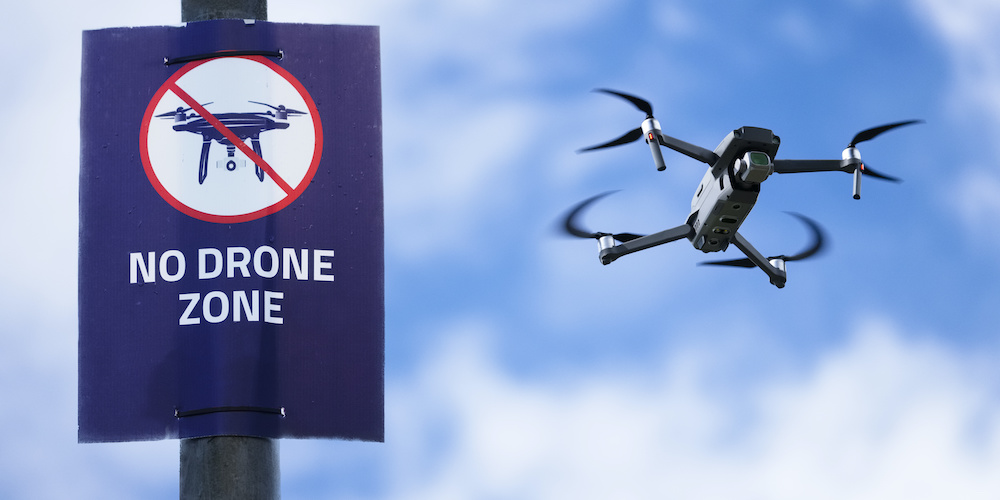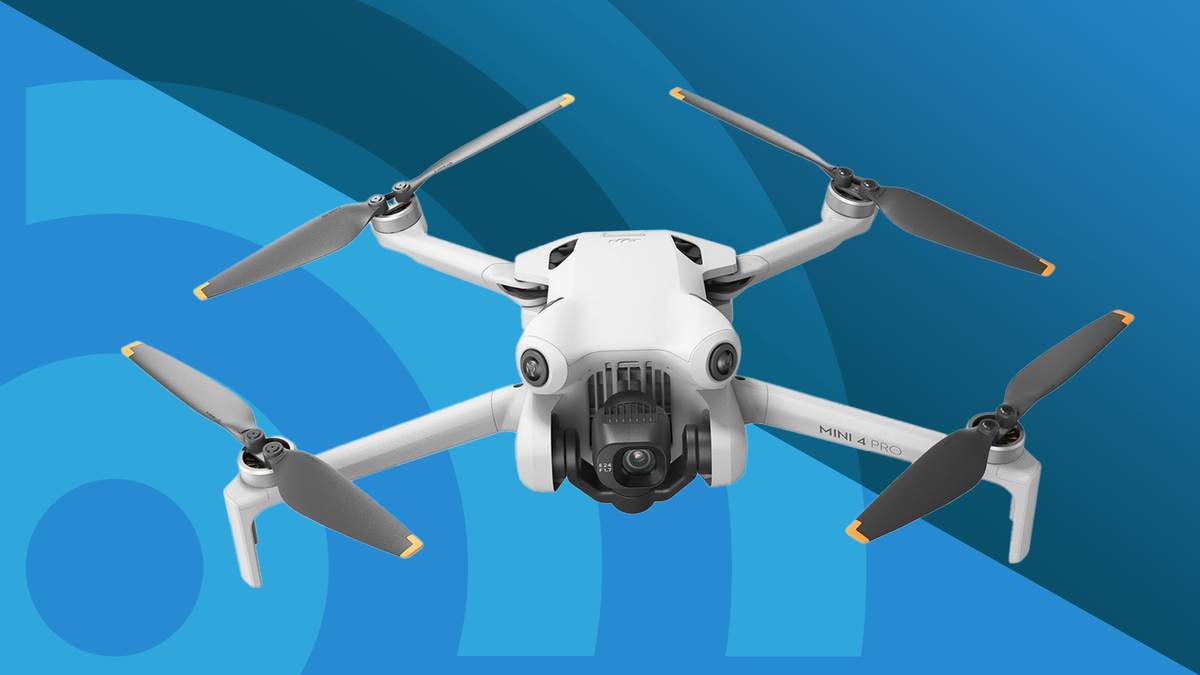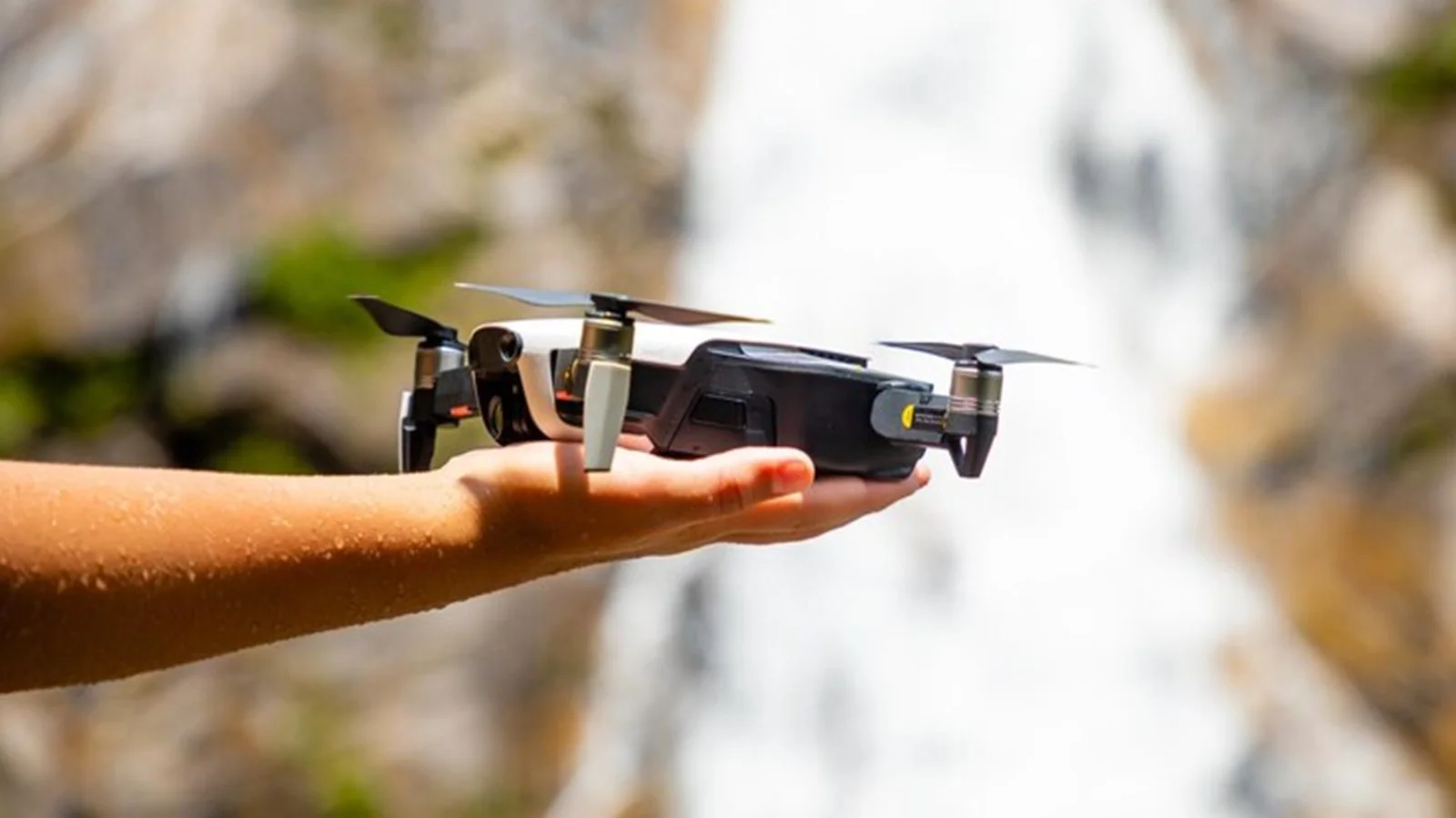Are you a drone enthusiast with dreams of soaring through the skies? Or you’re already an accomplished pilot, navigating your uncrewed aircraft with finesse and precision.
Wherever you may fall on the spectrum, one thing is sure: understanding drone flight regulations is crucial for every aspiring or seasoned flyer.
This blog post will unravel the complexities surrounding these rules, equipping you with the knowledge to take your piloting skills to new heights while ensuring safety and compliance.
So fasten your seatbelts (metaphorically speaking) as we embark on a journey into the world of drone flight regulations—every pilot’s compass in their quest for freedom in the sky!
Introduction to Drone Regulations
Drone regulations constantly evolve, and keeping up with the latest changes can be difficult. Whether you’re a commercial drone pilot or a hobbyist, it’s essential to understand the rules and regulations that apply to your flights.
This section gives you an overview of the essential drone regulations in the United States. We’ll cover topics like registration, airspace classification, and operating limitations. By the end of this section, you should understand what you need to do to fly your drone legally and safely.
Federal Drone Laws
There are currently three primary federal drone laws in the United States: the FAA Modernization and Reform Act of 2012, the FAA Extension, Safety, and Security Act of 2016, and the National Defense Authorization Act for Fiscal Year 2018.
The FAA Modernization and Reform Act of 2012 requires the FAA to develop a comprehensive plan for integrating unmanned aircraft systems (UAS) into the national airspace system (NAS). The law also instructs the agency to create regulations to ensure the safe operation of UAS in the NAS.
The FAA Extension, Safety, and Security Act of 2016 extends the deadline for the integration plan. It requires the FAA to issue regulations governing the use of small UAS (sUAS) that weigh less than 55 pounds. The law also includes provisions that address privacy concerns related to UAS technology.
The National Defense Authorization Act for Fiscal Year 2018 directs the Department of Defense to establish a program to allow state and local governments to apply for waivers to operate UAS within their jurisdictions. The law also authorizes the Department of Homeland Security to use UAS technology to secure our nation’s borders.
State and Local Drone Laws
Most states and municipalities have laws and regulations regarding drones, so every pilot needs to be aware of the rules in their area. Depending on where you live, you may need to obtain a permit or license to fly a drone commercially, and you may be restricted to flying in certain areas.
Here are a few things to keep in mind when operating a drone:
-In most states, drones must be registered with the Federal Aviation Administration (FAA) before being flown.
-You must be at least 16 years old to fly a drone commercially in the United States.
-Flying a drone over populated areas, such as cities and towns, is illegal.
-You must always keep your drone within your line of sight while flying.
-You must yield the right of way to human-crewed aircraft and avoid flying near airports or helipads.
Private Landowner Regulations
Remember a few things to remember when flying your drone on private land. First, you’ll need to get the landowner’s permission before flying. Secondly, you must avoid any buildings or people on the property. You’ll need to be aware of any obstacles on the property that could pose a danger to your drone.
Airspace Restrictions
The National Airspace System (NAS) is a complex system that includes everything from the airspace surrounding an airport to the airspace above your house. The Federal Aviation Administration (FAA) regulates this airspace to ensure the safety of aircraft and passengers.
There are different types of airspace, each with its own rules and regulations. Knowing which type of airspace you are flying in is critical to staying safe and legal.
Class A: This is the most restricted airspace in the NAS. Only aircraft with special clearance from the FAA can fly in Class A airspace.
Class B: This airspace surrounds the busiest airports in the country. All aircraft must have a transponder and be on an approved flight plan before entering Class B airspace.
Class C: This airspace surrounds medium-sized airports. All aircraft must have a transponder and establish two-way radio communication with air traffic control before entering Class C airspace.
Class D: This is the least restrictive type of controlled airspace. All aircraft must establish two-way radio communication with air traffic control before entering Class D airspace.
Rules for Flying in Different Countries
There are a few things to remember when flying your drone in different countries. First, each country has its own set of rules and regulations that you must follow.
Make sure to research the specific laws for the country you will be flying in before take-off. Second, always fly with caution and be aware of your surroundings.
Be respectful of others and avoid flying over people or sensitive areas. Third, stay up-to-date on the latest drone technology and safety features. This will help you operate your drone safely and efficiently. Have fun and enjoy the experience!
Emergency and Safety Regulations
Every drone pilot should know a few emergency and safety regulations. First, if you lose control of your drone, you must immediately bring it back into your line of sight. If you can’t do this, then you must land the drone as soon as possible.
Secondly, if your drone suffers a catastrophic failure, notify the nearest law enforcement agency and file a report with the FAA within ten days. If you see another drone flying unsafely, report it to the FAA.
Conclusion
Knowing the drone flight regulations is vital for any pilot. Whether you’re a seasoned enthusiast or just starting, staying up-to-date on all applicable laws and safety guidelines is essential.
It may seem like a lot of information, but once you understand the rules and regulations, flying your drone will be an enjoyable experience that can help you explore the world from new heights.
With proper knowledge and adherence to best practices, anyone can safely enjoy their time in the skies with their drones!









Leave a Reply